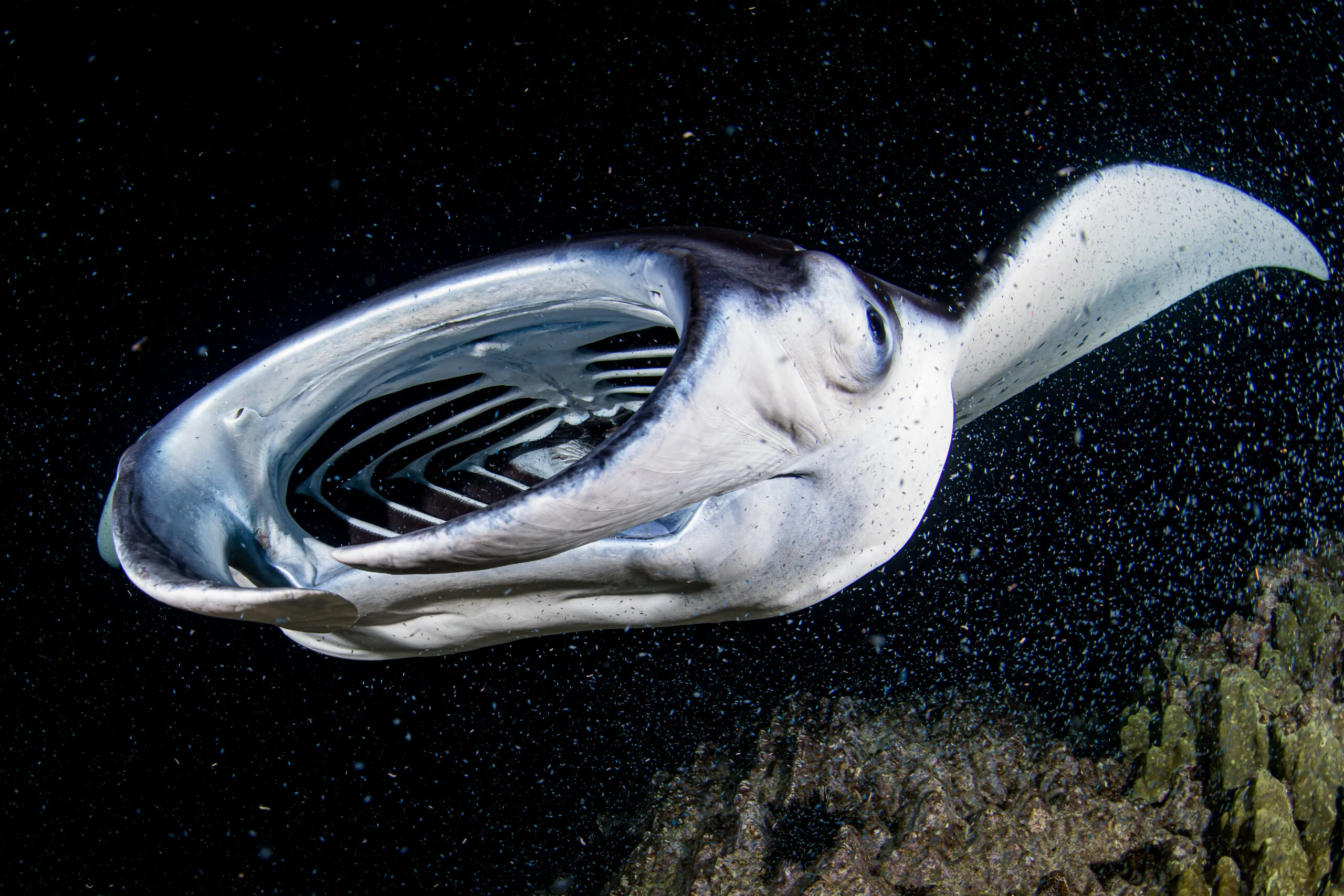New research reveals deep-sea mining activities threaten 30 species of sharks, rays, and chimaeras, elevating their risk of extinction. The study highlights the overlap between proposed mining zones and critical marine habitats.

October 5, 2025

Source:
Oceanographic Magazine
New Study Reveals Mining's Toll on Marine Life
Research from the University of Hawaiʻi at Mānoa has identified a grave new threat to deep-sea ecosystems. Scientists report that proposed deep-sea mining operations directly endanger at least 30 species of sharks, rays, and ghost sharks, also known as chimaeras.
The study highlights a significant overlap between the habitats of these species and mining contract areas managed by the International Seabed Authority (ISA). Many of these animals, including the iconic whale shark and manta ray, are already facing extinction threats from other human activities.
Direct and Indirect Threats
The research identifies two primary dangers posed by mining:
Seafloor Disruption: Heavy machinery used to extract minerals like cobalt and nickel strips the seafloor, destroying vital habitats. This is especially perilous for species like skates and chimaeras that lay their eggs directly on the ocean floor, as their nurseries could be wiped out.
Sediment Plumes: The mining process kicks up vast clouds of sediment. These plumes can drift for years, spreading pollution and disrupting ecosystems far beyond the immediate mining site.
Researchers found that 25 species are at risk from direct seafloor contact, while 30 face threats from the discharge plumes.
Keep up with the story. Subscribe to the PR+ free daily newsletter

Source:
Oceanographic Magazine
Ecosystems at High Risk
Deep-sea mining involves technology that is fundamentally disruptive to marine environments. Heavy vehicles scour the ocean floor, removing the top layer of sediment to access valuable minerals.
This process not only destroys the homes of benthic, or bottom-dwelling, fauna but also creates persistent light and noise pollution in the perpetually dark, quiet deep sea.
Irreversible Damage
The long-term consequences are severe. Scientists warn that the ecological damage could be irreversible for generations. Evidence from pilot mining tests conducted in the 1970s shows that scars on the seafloor remain visible to this day.
Many deep-sea species are uniquely adapted to stable conditions and are not equipped to handle the pollution and sediment loads introduced by mining. The study notes that highly mobile species like the megamouth shark could carry the impacts to adjacent ecosystems, including waters near Hawai'i.
According to the National Oceanic and Atmospheric Administration (NOAA), less than 0.001% of the deep sea has been explored, meaning the full extent of biodiversity at risk is still unknown.
Read More

Source:
Scimex
Share this news:




















